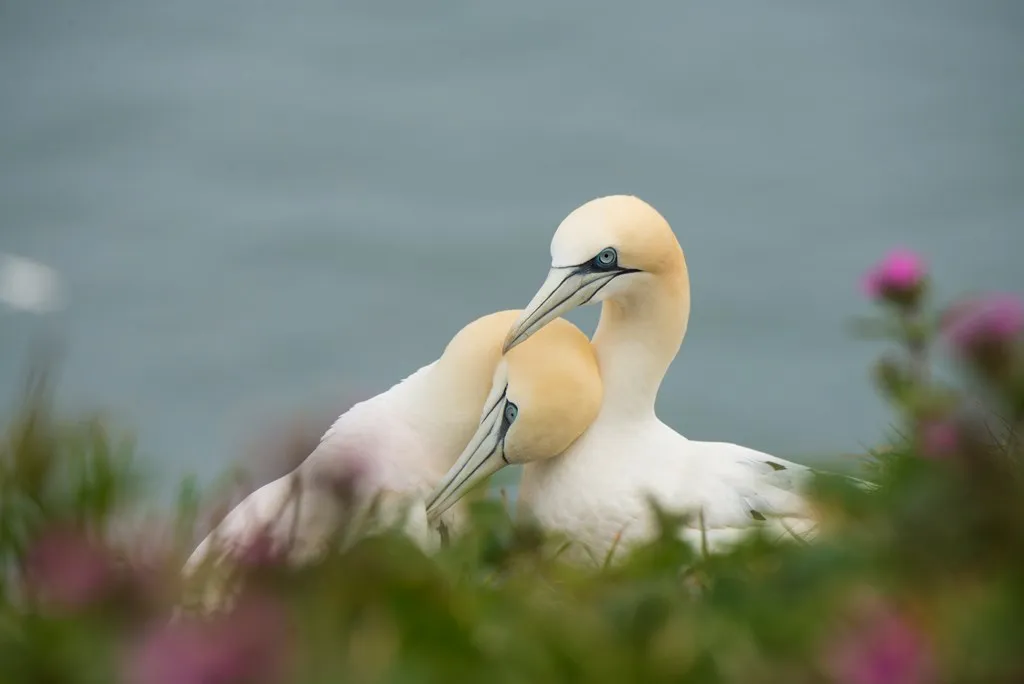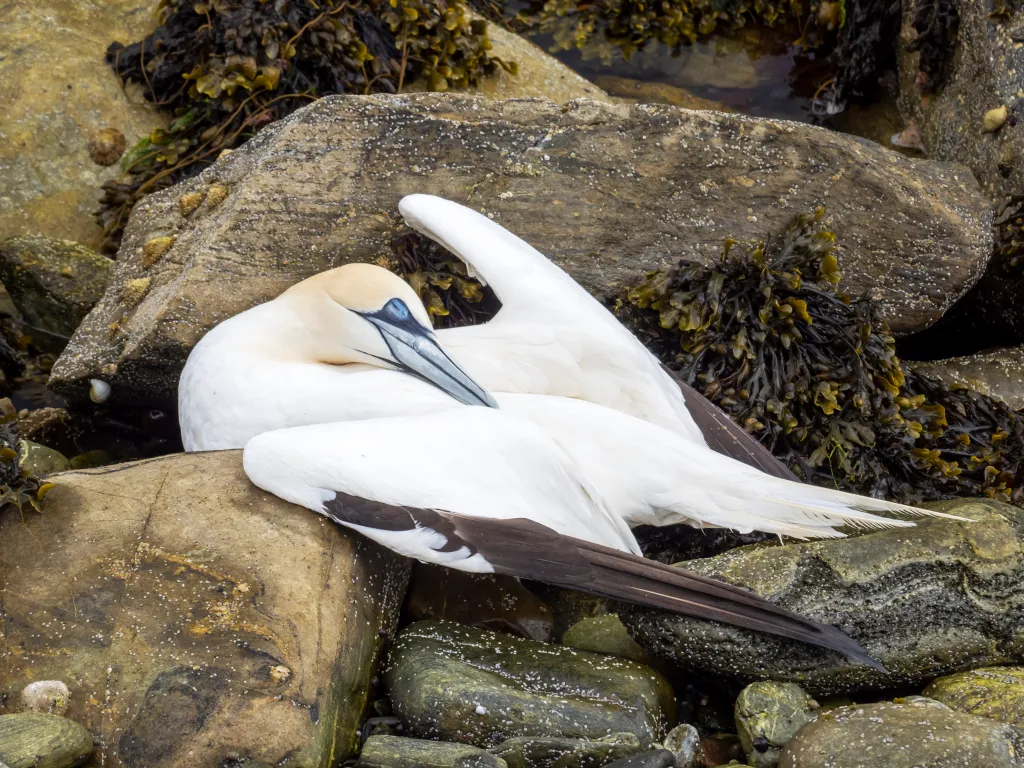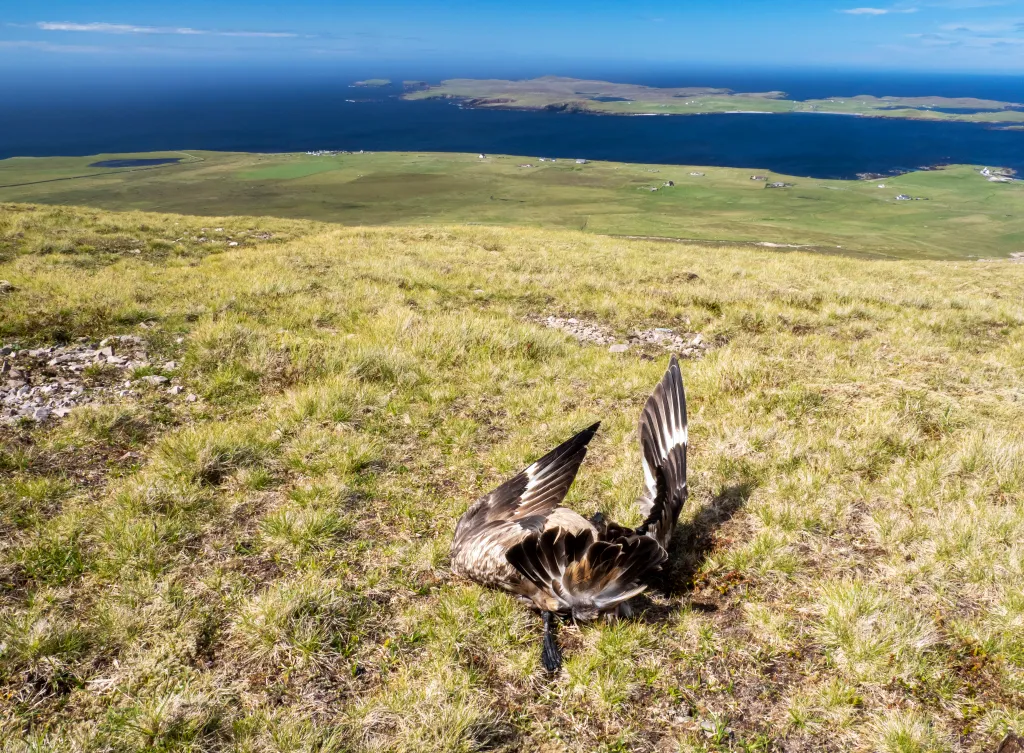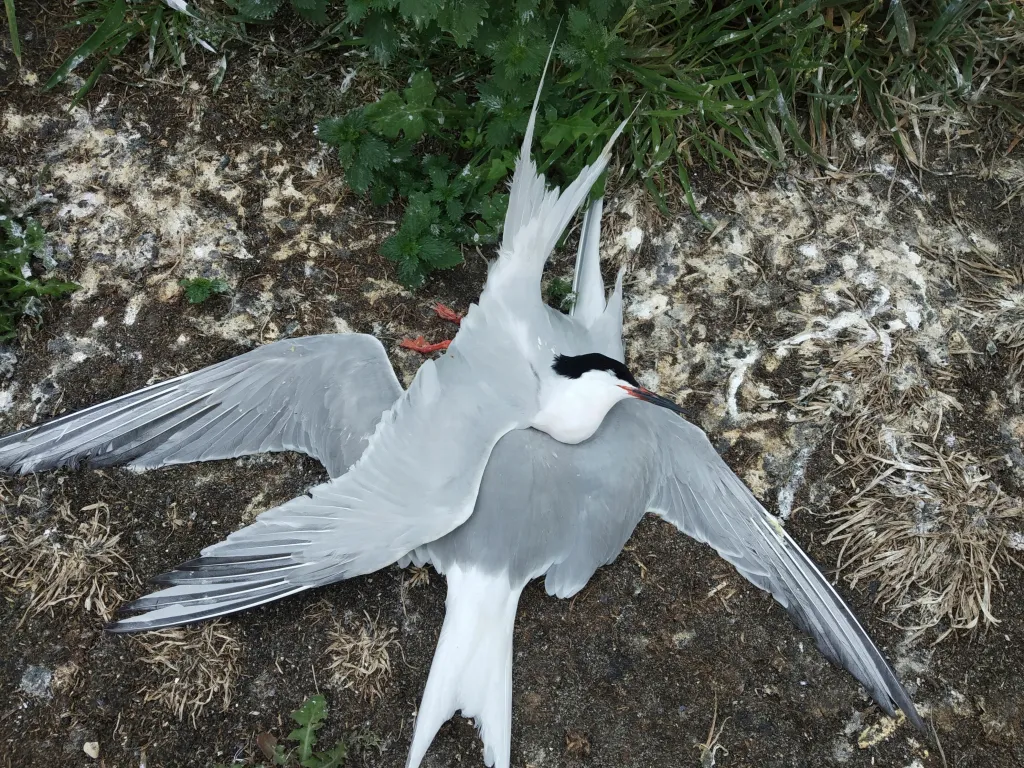
More than 250 Cranes now grace the UK’s wetlands, the highest level since these elegant birds were lost from these lands...
A new collaborative report, the HPAI Seabird Survey Report, reveals devastating impact of Avian Influenza.

Throughout 2022, the number of reported mortalities thought to be caused by Highly Pathogenic Avian Influenza (HPAI) indicated the disease posed a threat of immediate conservation concern.
In response, the RSPB led a UK-wide programme of additional targeted seabird population counts: the HPAI Seabird Survey Project. The project was conducted in 2023, using a coordinated and collaborative approach across statutory bodies and conservation organisations. You can read the HPAI Surveys Project Report below.

The current strain of Highly Pathogenic Avian Influenza (HPAI H5N1) has had a significant impact on our globally important seabird populations since it first appeared in the UK in 2021. As many as 21 of our 25 regularly breeding seabird species have tested positive for the virus, and tens of thousands of seabirds have died.
For more detailed information, watch the video from RSPB Scotland below, where Senior Policy Officer Claire Smith talks about the disease and its impacts. You can also read more on our dedicated Avian Flu webpage.
The project saw 14 species counted including Gannet, Black-headed Gull, Great Skua, Herring Gull, Kittiwake, Roseate Tern and Guillemot. Count results are available for 13 of those species. From those results, nine species have shown declines of over 10% across the sites surveyed.
For three key species, these declines have reversed previously positive population trends:
Gannets were one of the worst-hit species in the 2022 breeding season, with at least 11,000 deaths recorded across Scotland and 5,000 deaths on the RSPB island reserve of Grassholm, Wales. The UK supports over half of the world’s Gannets.
Our surveys show a 25% decline in breeding numbers of this species at sites surveyed across the UK in 2023. A particularly severe decline of 54% was documented in Wales, bringing the population numbers there to a low not seen since the 1960s.

Scotland holds 60% of the global population of this species, which was also among the worst hit in 2022, with at least 2,500 reported dead.
Our results have shown a 76% decline in breeding numbers of this species across its range in Scotland, with declines of over 80% at some surveyed sites.

The only functioning breeding colony of this Red-listed species in the UK is on the RSPB reserve of Coquet Island, England and many were lost to HPAI during the 2022 breeding season.
Counts in 2023 have revealed a 21% decline in the Coquet breeding population since before the HPAI outbreak.

This hugely important work comes after the recent Seabirds Count census which showed that our seabirds were already in serious trouble, with 62% of species in decline in the UK.
The results of these latest surveys demonstrate the need to take HPAI into account as a new and major threat to our internationally important seabird populations, which are facing numerous other challenges.
The outbreak is ongoing across the globe, and this further emphasises the urgency with which we need to continue to expand monitoring and resilience-building actions to save our already struggling seabirds.
If you would like to support the RSPB’s ongoing work to help tackle the impacts of Avian Influenza and other diseases affecting wildlife, please visit our Wildlife Disease Fund page.
This work would not have been possible without generous funding provided by:
The ScotWind developers of the East and North East plan areas; The Crown Estate (through the Offshore Wind Evidence and Change Programme); Scottish Government (via the ScotMER programme); Natural England; Natural Resources Wales; Department of Agriculture Environment and Rural Affairs. This project was also supported by the RSPB Avian Flu Appeal.
